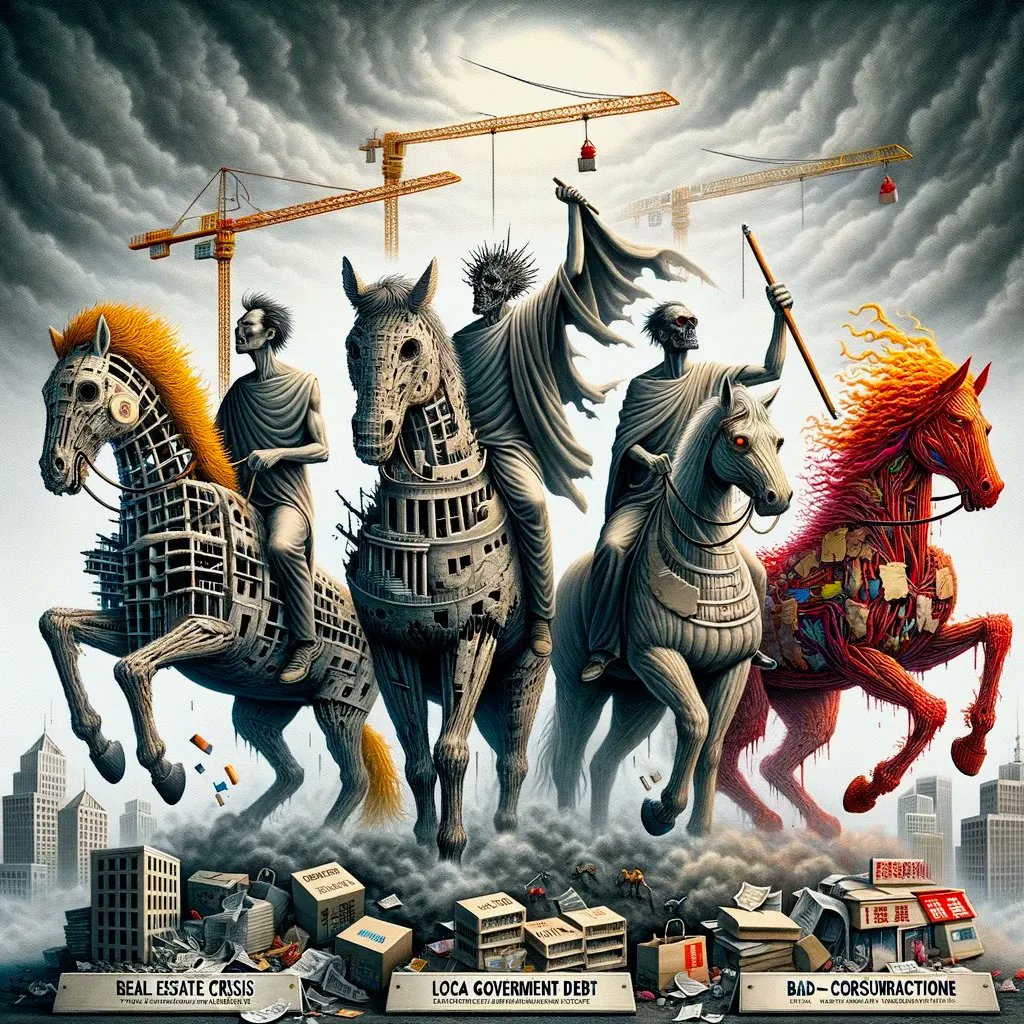How to get URL link on X (Twitter) App

 Writing about China's approach to technology security involves acknowledging the inherent variances within its strategies across different sectors. The landscape is marked by peaks of excellence alongside valleys of underdevelopment. This piece is a contribution to the thoughtful analyses already out there on the following questions:
Writing about China's approach to technology security involves acknowledging the inherent variances within its strategies across different sectors. The landscape is marked by peaks of excellence alongside valleys of underdevelopment. This piece is a contribution to the thoughtful analyses already out there on the following questions:
 For a project with @CSTranslate, I translated the chapter "Safeguard Technological Security" from "The Total National Security Paradigm: A Study Outline 《总体国家安全观学习纲要》" (April 2022), authored by the CCP's Office of the Central National Security Commission (中央国家安全委员会办公室). This office plays a crucial role in coordinating national security matters across the Chinese party and state apparatus. This chapter offers essential insights into how the Chinese Party-state plans to enhance its national security through technological means.
For a project with @CSTranslate, I translated the chapter "Safeguard Technological Security" from "The Total National Security Paradigm: A Study Outline 《总体国家安全观学习纲要》" (April 2022), authored by the CCP's Office of the Central National Security Commission (中央国家安全委员会办公室). This office plays a crucial role in coordinating national security matters across the Chinese party and state apparatus. This chapter offers essential insights into how the Chinese Party-state plans to enhance its national security through technological means.

 After decades of double-digit growth, China’s economy is grappling w/ a prolonged secular slowdown. The economic model China has used to drive much of its growth—namely, debt-fueled investment in real estate & infrastructure—is becoming more untenable. The four main issues: 2/35
After decades of double-digit growth, China’s economy is grappling w/ a prolonged secular slowdown. The economic model China has used to drive much of its growth—namely, debt-fueled investment in real estate & infrastructure—is becoming more untenable. The four main issues: 2/35

 It’s either an unintentionally sloppy Eng translation, or it is intentionally playing down the original rhetoric to appear more composed.
It’s either an unintentionally sloppy Eng translation, or it is intentionally playing down the original rhetoric to appear more composed. 


 **Only after wrapping the 2016 version, did I realize there’s a newer edition of the book with updated # s and insights up to 2020. I am reading the new edition and plan to follow up with another review. 2/52
**Only after wrapping the 2016 version, did I realize there’s a newer edition of the book with updated # s and insights up to 2020. I am reading the new edition and plan to follow up with another review. 2/52
